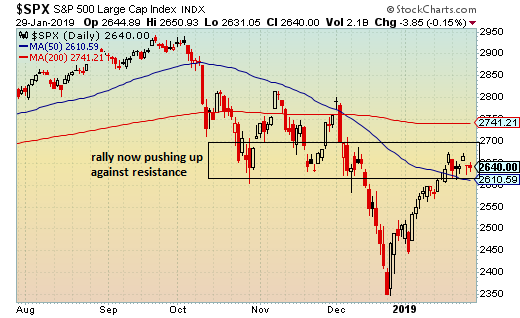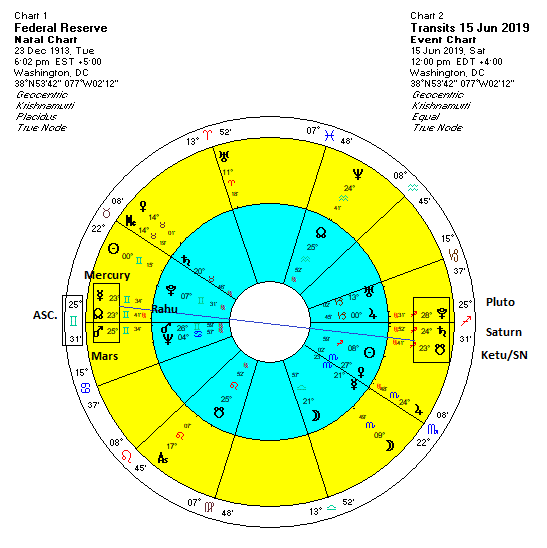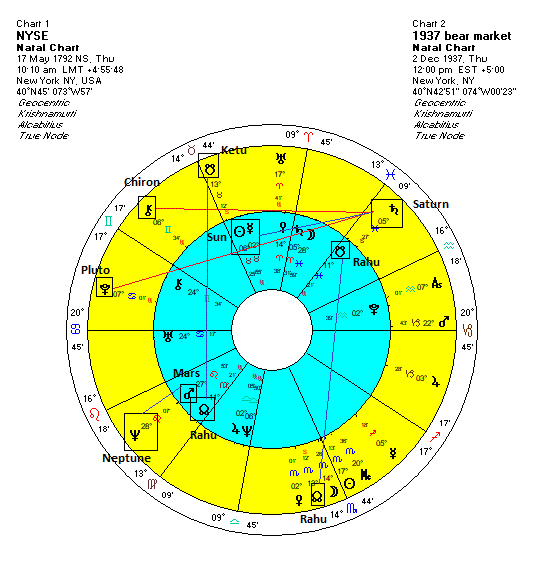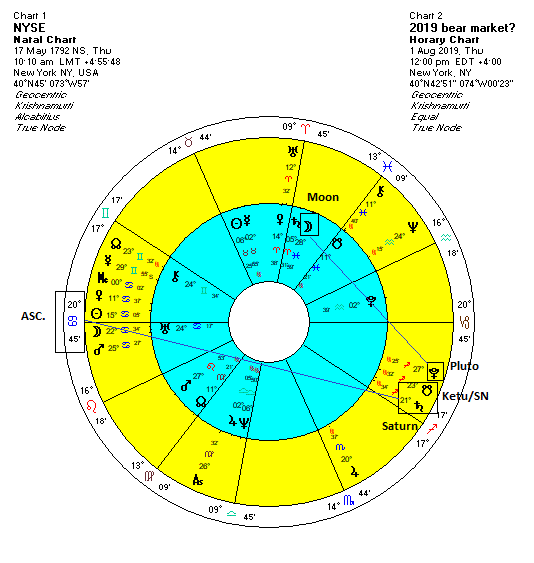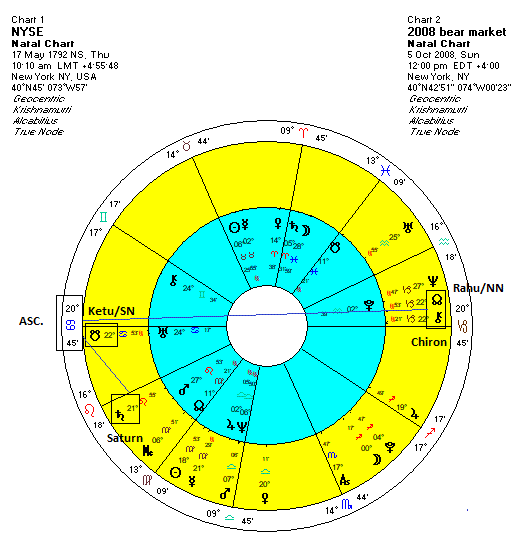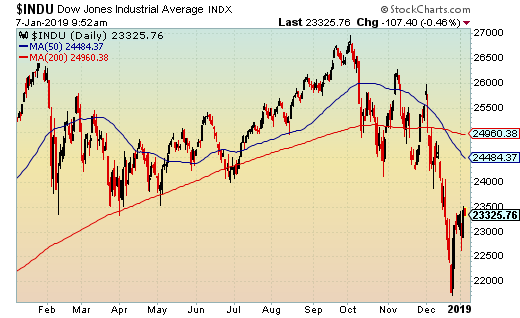.jpg) (29 January 2019)
The chaotic presidency of Donald Trump has now entered its third, and
possibly final, year. Last week, the US government shutdown was
finally resolved after Trump caved and agreed to a temporary three-week
stopgap spending bill. It's anyone's guess what happens on February
15 when the bill expires as Trump has vowed to build his controversial
border wall one way or another. Another shutdown is possible, or Trump
may declare a state of emergency to override the Democrats'
opposition.
(29 January 2019)
The chaotic presidency of Donald Trump has now entered its third, and
possibly final, year. Last week, the US government shutdown was
finally resolved after Trump caved and agreed to a temporary three-week
stopgap spending bill. It's anyone's guess what happens on February
15 when the bill expires as Trump has vowed to build his controversial
border wall one way or another. Another shutdown is possible, or Trump
may declare a state of emergency to override the Democrats'
opposition. Before that, Trump will give his State of the Union address (SOTU) before Congress on Tuesday, February 5. It promises to be a moment of high political theater as Trump confronts what is likely to be a hostile, Democrat-controlled House. The planets suggest the SOTU will be a contentious affair as Mars will be prominent in the first degree of sidereal Aries. Whenever Mars enters a new sign it often gets a shot of additional energy and this is especially the case here in the fiery sign of Aries. Aggressiveness, assertiveness and conflict are more likely to be manifest at this time through the Mars influence.
In addition, Mars will be approaching a very unstable alignment with Uranus and Rahu (North Lunar Node) during that first full week of February. Mars' conflictive and assertive energy often combines unpredictably with Rahu, which itself symbolizes disruption and breaking with the status quo. Uranus similarly reflects shock and surprises and greatly amps up the energetic potential at the time of Trump's SOTU address.
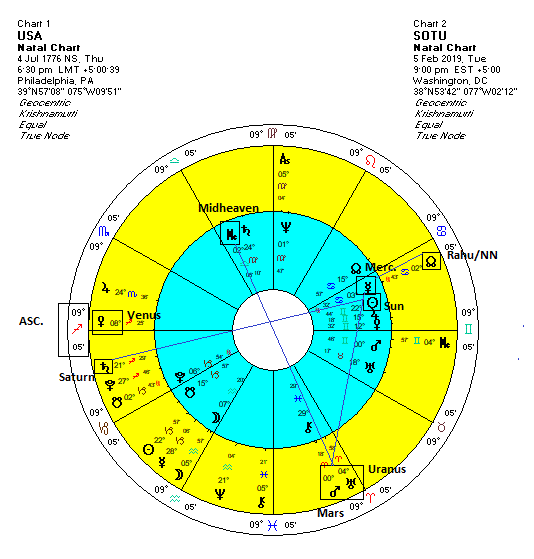
It is worth noting that all this intense and unstable energy appears to be magnified when we overlay it onto the USA natal horoscope. The Mars-Uranus conjunction will be at the bottom of the chart conjunct the IC (opposite the MC) and forming a square with Rahu and natal Mercury (3 Cancer).
The conflictive nature of Mars-Uranus is intensified by its placement near an angle (IC-MC) and its alignment with Mercury heightens the risks to a range of things including the stock market, communication, and even the government itself since Mercury rules the 10th house (Virgo). In other words, the planets are clearly pointing to difficulties and frustration for the US in early February, and that includes a fractured SOTU.
The other thing about the planets at the time of the SOTU is that the Sun (22 Capricorn) will align with Saturn (21 Sagittarius) and both will align with the natal Sun (22 Gemini) in the USA chart. This is another clue that the government and presidency (Sun) will be under the weight of Saturn in terms of criticism, scrutiny and lack of respect. The divisiveness of US politics will be clearly demonstrated at this time with Trump likely bearing the brunt of it. More Mueller indictments and revelations are also possible during this time period.
Trump's personal horoscope will also feel the Mars-Uranus-Rahu alignment since Mars (0 Aries) will exactly square his 12th house Saturn at 0 Cancer. Not only will the SOTU likely be contentious, but Trump's planets are not good at this time so he is likely to come out of it more bruised and weaker than he already is.
Weekly Market Forecast
The affliction of the USA's Mercury next week (Feb 4-8) is likely to correspond with some declines in the stock market. The Mars-Rahu-Uranus alignment greatly increases the probability of some nervous selling in any event, and the Mercury involvement ratchets that up the risk even higher. This week may be less dramatic but still hints at some market weakness as Mercury and the Sun align with Saturn and Neptune later in the week. As I have noted previously, Saturn's transit of 20 degrees of any sign increases downside risk and its alignment with Neptune is definitely not a plus.
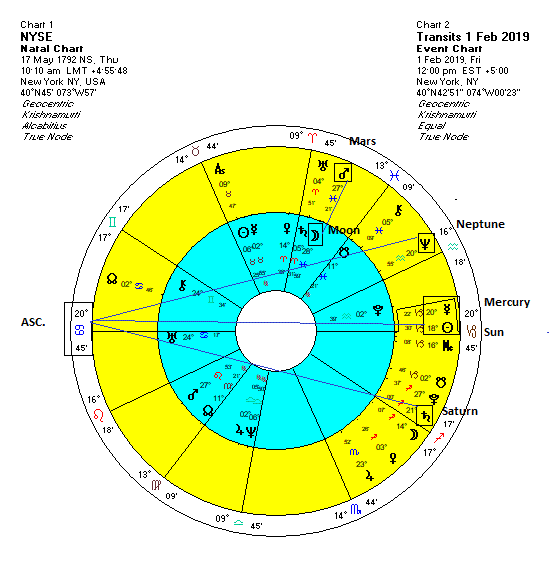
Given US stocks are near technical resistance, the planets buttress the widespread expectation that we will see some kind of pullback later this week and beyond. Jay Powell is due to issue the Fed's latest statement tomorrow so that could well move markets. Thus far, Powell has often had a negative impact on markets on the days he speaks as part of the FOMC meeting and press conference. I suspect Wednesday and the days following may well adhere to that pattern.
For a more detailed analysis, feel free to check out my weekly newsletter which is published every Saturday afternoon (EST). It covers US and Indian markets, as well as currencies, oil and gold.
